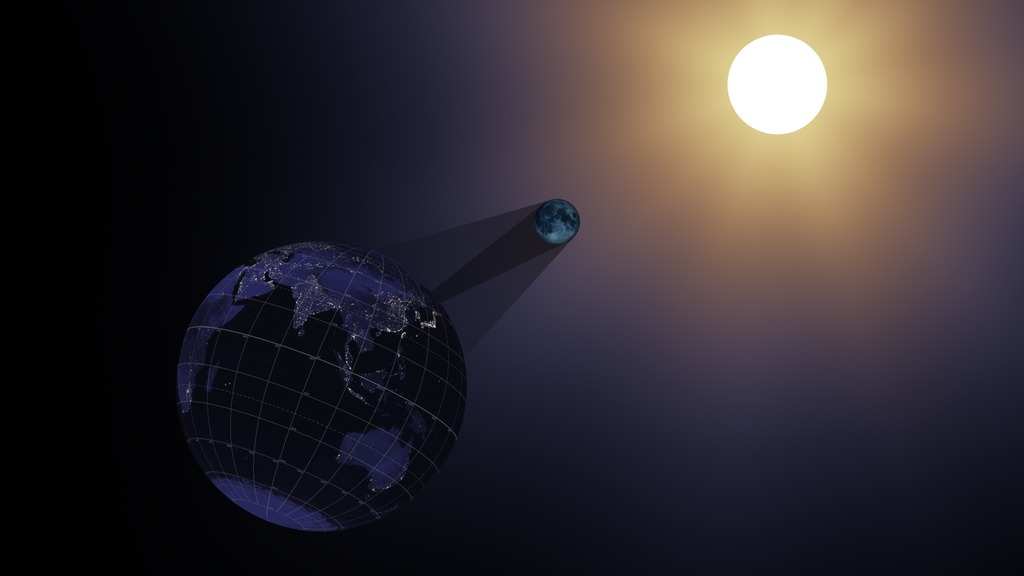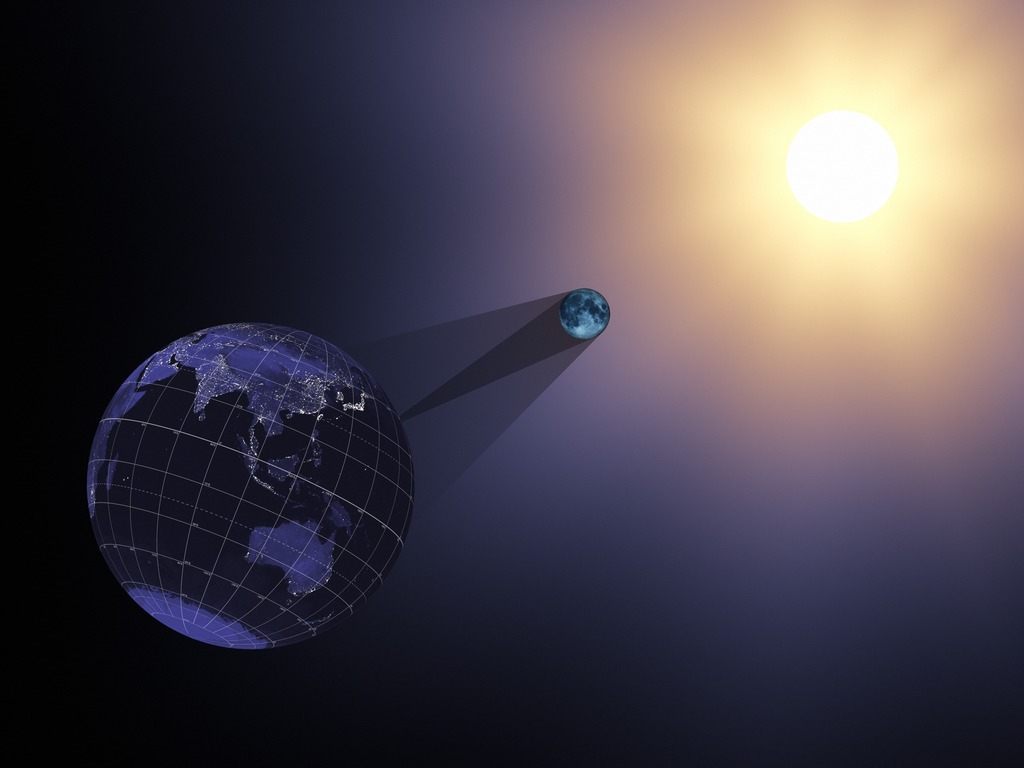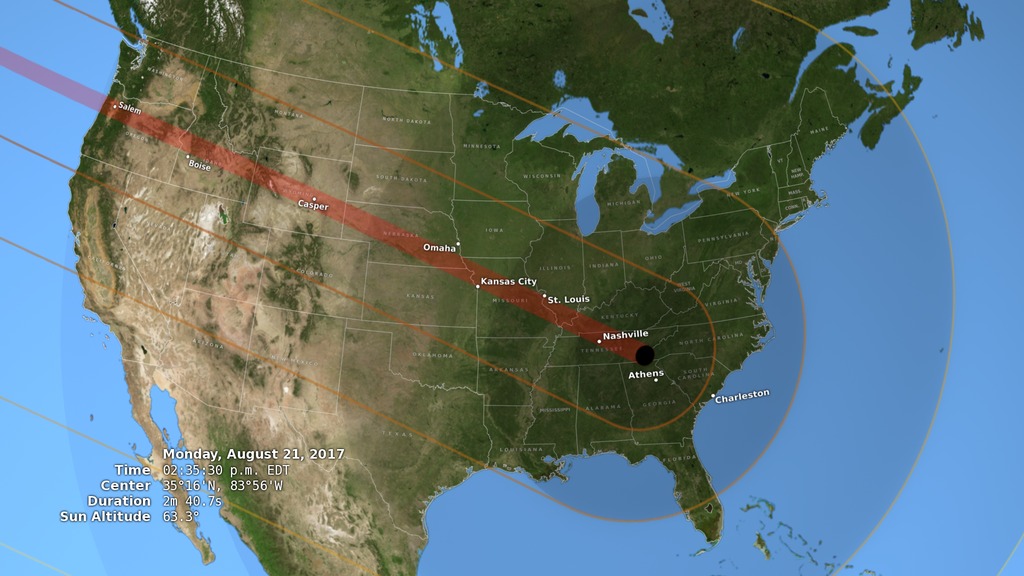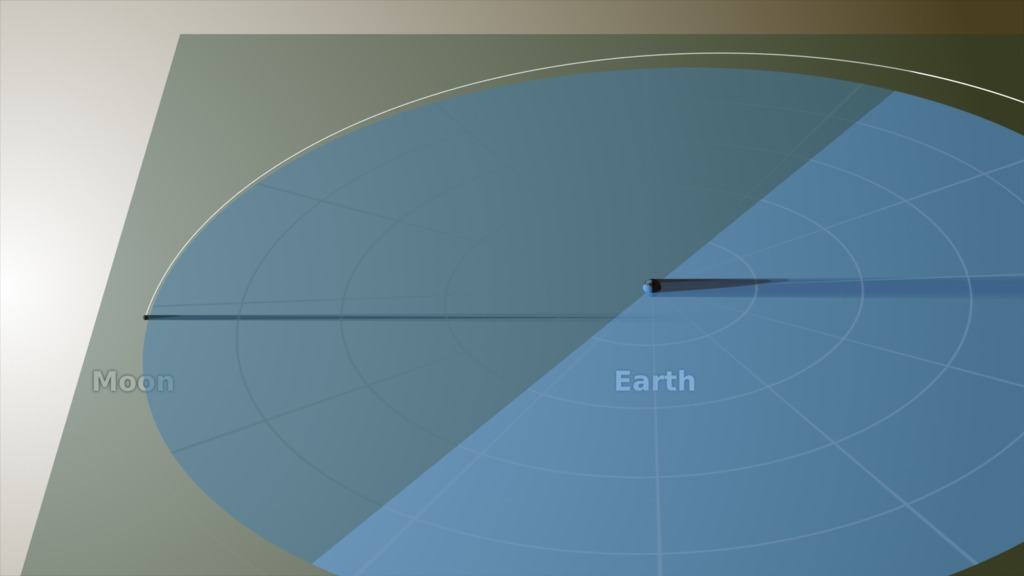2017's All American Solar Eclipse

On August 21, 2017, a solar eclipse will be visible across North America.
On Monday, Aug. 21, 2017, a total eclipse will cross the entire United States, coast-to-coast, for the first time since 1918. Weather permitting, the entire continent will have the opportunity to view a partial eclipse as the moon passes in front of the sun, casting a shadow on Earth’s surface. Some will see a total eclipse along a path that begins near Lincoln City, Oregon and ends near Charleston, South Carolina. Solar eclipses occur when the moon blocks any part of the sun. Total solar eclipses, however, are only possible on Earth because of a cosmic quirk of geometry: The sun’s diameter is about 400 times wider than the moon’s, but it is also about 400 times farther away. The result is that the sun and the moon appear to be the same size from our perspective. When they line up just right, the moon can obscure the sun’s entire surface, an occurrence once every 12 to 18 months. Partial solar eclipses, on the other hand, occur when the alignment is such that the moon blocks only part of the sun, and these can occur more frequently. During a total eclipse, we have the rare opportunity to look directly at the sun’s vast, striking outer atmosphere, the corona. The corona appears as pearly white rays and streamers, radiating around the lunar disk. Watch the video to learn more.
Watch the video to learn more about the solar eclipse that will occur on August 21, 2017.
Most observers will see a partial eclipse except for those along the path of totality.

The moon is directly between the Earth and the sun during an eclipse, allowing us to see and study the sun's corona.

Eclipse glasses are essential to avoid eye damage when looking at the sun, even partially eclipsed.
For More Information
See NASA.gov
Credits
Please give credit for this item to:
NASA/Goddard Space Flight Center Scientific Visualization Studio
Image of eclipse courtesy of Miloslav Druckmüller, Peter Aniol, Martin Dietzel, Vojtech Rušin
Image of boy in eclipse glasses by NASA/Bill Ingalls
-
Animators
- Ernie Wright (USRA)
- Tom Bridgman (Global Science and Technology, Inc.)
- Alex Kekesi (Global Science and Technology, Inc.)
-
Producer
- Genna Duberstein (USRA)
-
Scientist
- C. Alex Young (NASA/GSFC)
-
Writer
- Kathalina Tran (KBR Wyle Services, LLC)
Release date
This page was originally published on Monday, March 27, 2017.
This page was last updated on Wednesday, May 3, 2023 at 1:47 PM EDT.



